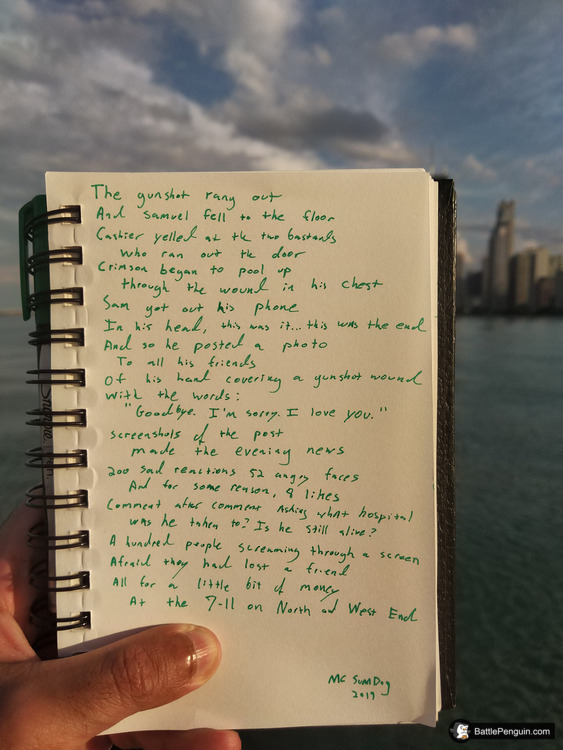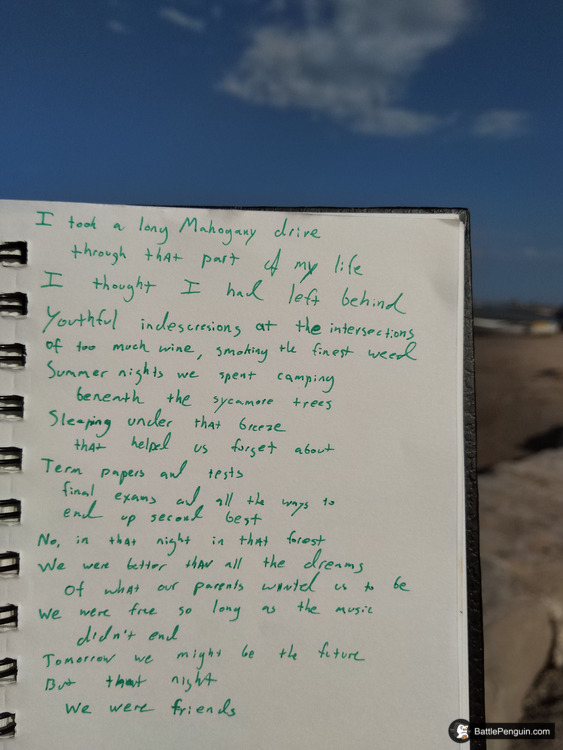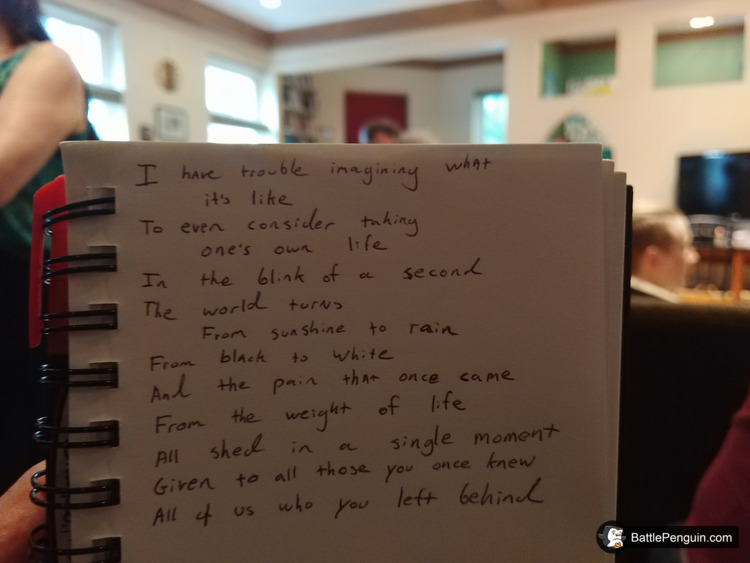 Read More
Read More The gunshot rang out
Poetry Read More
Read More Mahogany drive
Poetry Read More
Read More I have trouble imagining
Poetry Read More
Read More True friends
Poetry Read More
Read More Rooting a Razer Phone Requires a USB 2.0 Link
Technology
I’m not one of those people that can buy a phone and start using it. I usually root my device and flash a custom ROM not long after I first turn it on. Where normal people can start using a new device immediately, it usually takes me a day or two before I can do the same, dealing with some weird edge case of missing documentation, just to get basic administration rights on my mobile device. Although Razer has official instructions for unlocking their devices, and there are many third party guides, I attempted to avoid a critical step mentioned in their documentation. Even when I followed it, I still ran into problems, and found it fascinating that Razer devices can only be flashed via a USB 2.0 link. I’ve documented some of my error messages here, in case anyone is confounded by similar issues.
Read MoreLouqe Ghost S1 Build and Review
Technology
I had been working off of my laptop for several months, but some performance issues and thermal throttling led me to revert back to building a desktop. I had sold my previous build before traveling across the US, so for this particular build I wanted something in an ultra small, easily transportable form factor. I decided to jump in on a crowdfunding effort for the Louqe Ghost S1 ITX case. This review covers installing my system into this very compact ITX case, my first experience with water cooling and what to expect for others when considering the Ghost case.
Read MoreUsing Custom CSS with Mastodon
Technology
Mastodon has an option for applying custom CSS from within its administration panel. Unfortunately, I couldn’t find any examples of what this CSS should look like, even after asking in the Mastodon Fourms. I did discover how tricky modifying Mastodon CSS can be. I couldn’t figure out why changes to the body element wouldn’t affect anything, and was informed that Mastodon draws to a component with the .ui class. Through some careful work with the Firefox development tools, I was able to figure out which CSS selectors controlled what, and have tried to build a list for getting started with creating themes in Mastodon via a custom style sheet.
Outrage and Distractions: The Case of Kavanaugh and Ford
Politics
There are a lot of people with opinions about Christine Blasey Ford and Brett Kavanaugh, yet the majority of those people didn’t actually watch the congressional hearings where both of them testified. They watched highlights and excerpts from their favorite news networks, which filtered that information to match the narrative their audience wanted to believe. I watched several hours of the hearing directly from C-SPAN, and what bothered me most wasn’t the testimony given or the accusations themselves, but instead how both the Democrat and Republican senators used the entire hearing as a grandstanding event. They both used Ford for their political advantage, and then all the parties involved continued to lie to themselves and America in saying that nothing presented was politically motivated.
Read MoreThe Decline of OpenID
Technology
In July of 2018, StackExchange ended support for allowing people to login via OpenID. One tenth of one percent of their users were logging in using OpenID, and I was one of those last remaining people. In an era where every website allows people to create accounts and login using other websites (e.g. Facebook, Twitter, Google, Github, et. al.), OpenID was an attempt to create a standard to allow anyone to use any identity provider to login to web applications.
Unfortunately OpenID has slowly fallen out of use. Several major OpenID providers have gone offline over the years, leaving some users stranded without a login to services they use. Websites like Woot, Slashdot and Pypy, all which supported OpenID at some point, have slowly (and often silently) removed support. Other sites such as Freecode and Gitorious supported OpenID until they closed down. Although we are entering an era where more people in tech are pushing for distributed systems for content and social networking, the era of federated authentication via OpenID is most likely at a dead end.
Read MoreI paid $180 for Headphones that only lasted Two Years
Technology
On July 12th, 2016, I purchased a pair of Jaybird Freedom F5 earbuds for $180 from an eBay vendor. I really liked these headphones. They had clear audio, good sound reproduction and I used them to listen to music and podcasts on my morning and evening train commutes. They refused to power on recently, and I discovered that this was a common problem mentioned on various product forums. I contacted Jaybird, provided my serial number, and discovered my warranty had expired. There was no option for me to get them repaired, even though I was willing to pay. I was offered a coupon for a 30% discount on another Jaybird product which could potentially stop working in another two years.
Read More